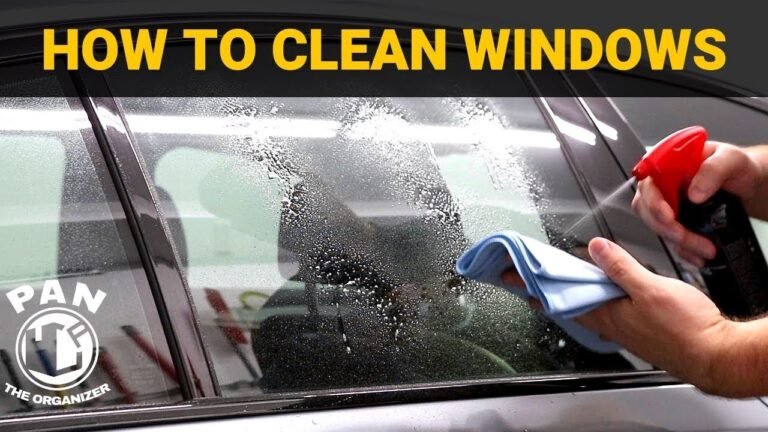How to Change Brake Pads : Essential Guide for DIY Enthusiasts
If you are a car owner, it’s essential to know how to change your brake pads. Properly functioning brakes are crucial for your safety and the safety of others on the road. Follow these step-by-step instructions to replace your brake pads and keep your vehicle running smoothly.
Step 1: Gather the Necessary Tools
Before you begin, make sure you have all the tools you need for the job. Here’s a list of items you’ll need:
- Jack
- Jack stands
- Lug wrench
- C-clamp or brake caliper tool
- Brake lube or anti-seize compound
- New brake pads
- Brake cleaner
- Wrench set
Step 2: Prepare Your Vehicle
Park your car on a flat, level surface and engage the parking brake. Loosen the lug nuts on the wheel you will be working on, but do not remove them completely. Then, jack up the car and secure it on jack stands for safety.
Step 3: Remove the Wheel
Finish removing the loosened lug nuts, then take off the wheel to access the brake assembly. This will give you a clear view of the brake caliper and rotor.
Step 4: Remove the Brake Caliper
Locate the brake caliper and remove the bolts that hold it in place. Once the bolts are out, carefully lift the caliper away from the rotor. Be sure not to put any strain on the brake line.
Step 5: Replace the Brake Pads
Take out the old brake pads and inspect them for wear. If they are significantly worn down, it’s definitely time for a replacement. Apply brake lube or anti-seize compound to the backing plates of the new brake pads, then place them into the caliper bracket.
Step 6: Compress the Caliper Piston
Before you put the caliper back on, you’ll need to compress the caliper piston to accommodate the new, thicker brake pads. You can do this using a C-clamp or a brake caliper tool, being careful not to damage the rubber boot around the piston.
Step 7: Reinstall the Brake Caliper
Slide the caliper back over the rotor and align it with the caliper bracket. Then, secure it in place by tightening the bolts. Make sure the caliper is positioned correctly and the bolts are torqued to the manufacturer’s specifications.
Step 8: Repeat the Process on the Other Side
If you are replacing the brake pads on both sides of the vehicle, repeat the above steps on the other wheel. It’s essential to ensure that both sides of the car have evenly worn brake pads for balanced braking performance.
Step 9: Reinstall the Wheel
Once the new brake pads are in place on both sides, put the wheels back on and tighten the lug nuts. Lower the car from the jack stands and tighten the lug nuts to the manufacturer’s specifications using a lug wrench.
Step 10: Test the Brakes
After everything is back in place, start the car and pump the brake pedal a few times to reseat the calipers. Then, take the car for a test drive to ensure that the brakes are working correctly. Be extra cautious during the first few stops to allow the new brake pads to properly seat against the rotor.
By following these steps, you can successfully change the brake pads on your vehicle and ensure that your brakes are in top working condition. Regularly inspect your brake pads for wear and replace them as needed to maintain optimal braking performance and keep yourself and others safe on the road!
Frequently Asked Questions On How To Change Brake Pads : Essential Guide For Diy Enthusiasts
How Often Should Brake Pads Be Changed?
Brake pads should be changed every 30,000-70,000 miles, depending on driving conditions and the type of brake pads used.
What Are The Signs That Brake Pads Need To Be Replaced?
Look out for signs such as squealing or grinding noises, reduced brake responsiveness, and longer stopping distances.
Can I Change Brake Pads Myself?
Yes, changing brake pads is a relatively simple task that can be done by following a few instructions and using the right tools.
What Tools Do I Need To Change Brake Pads?
The tools needed to change brake pads typically include a jack, lug wrench, brake pad spreader tool, and a set of wrenches.
“` I hope this long blog post helps you and others to change the brake pads of your car. Feel free to let me know if you need any more help!


